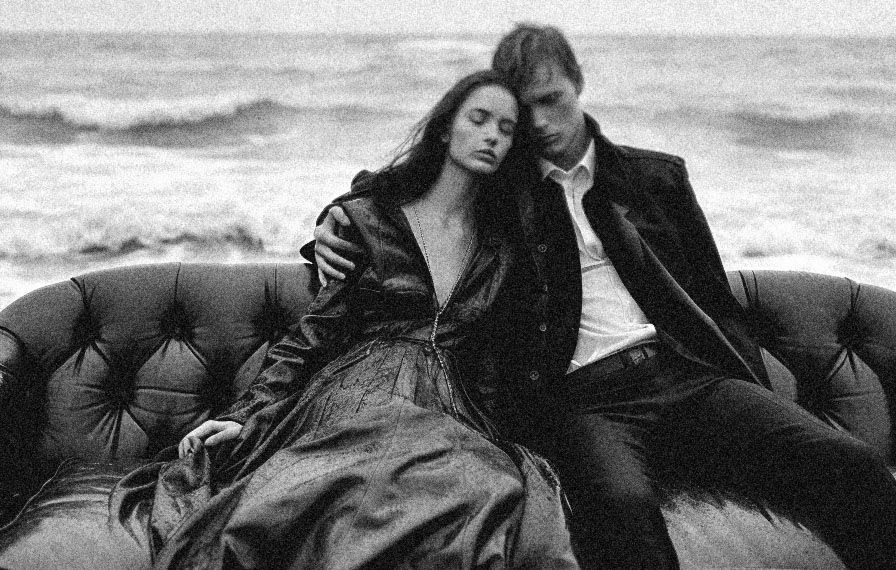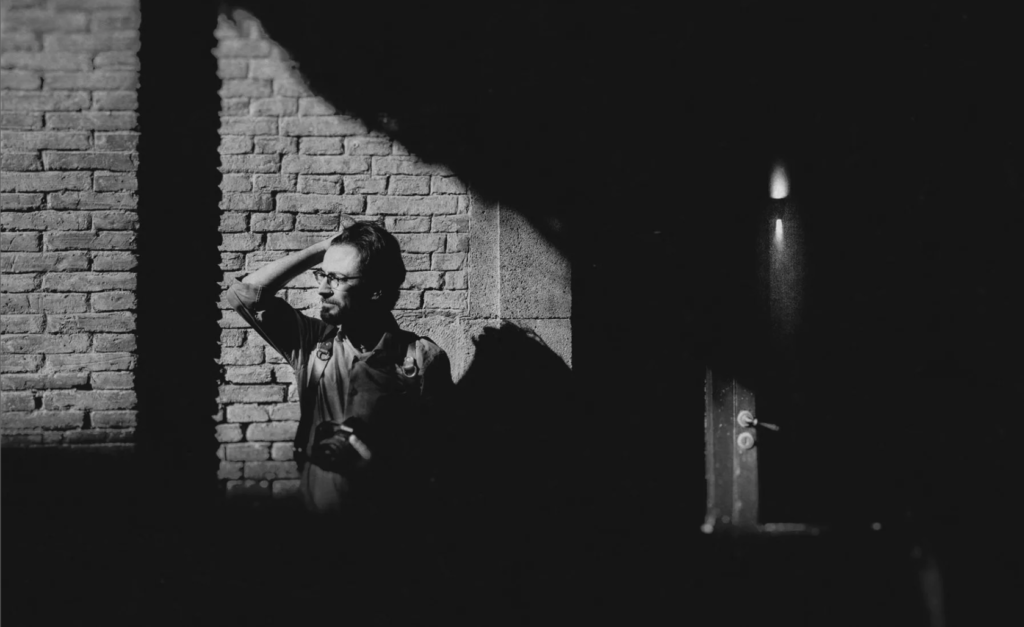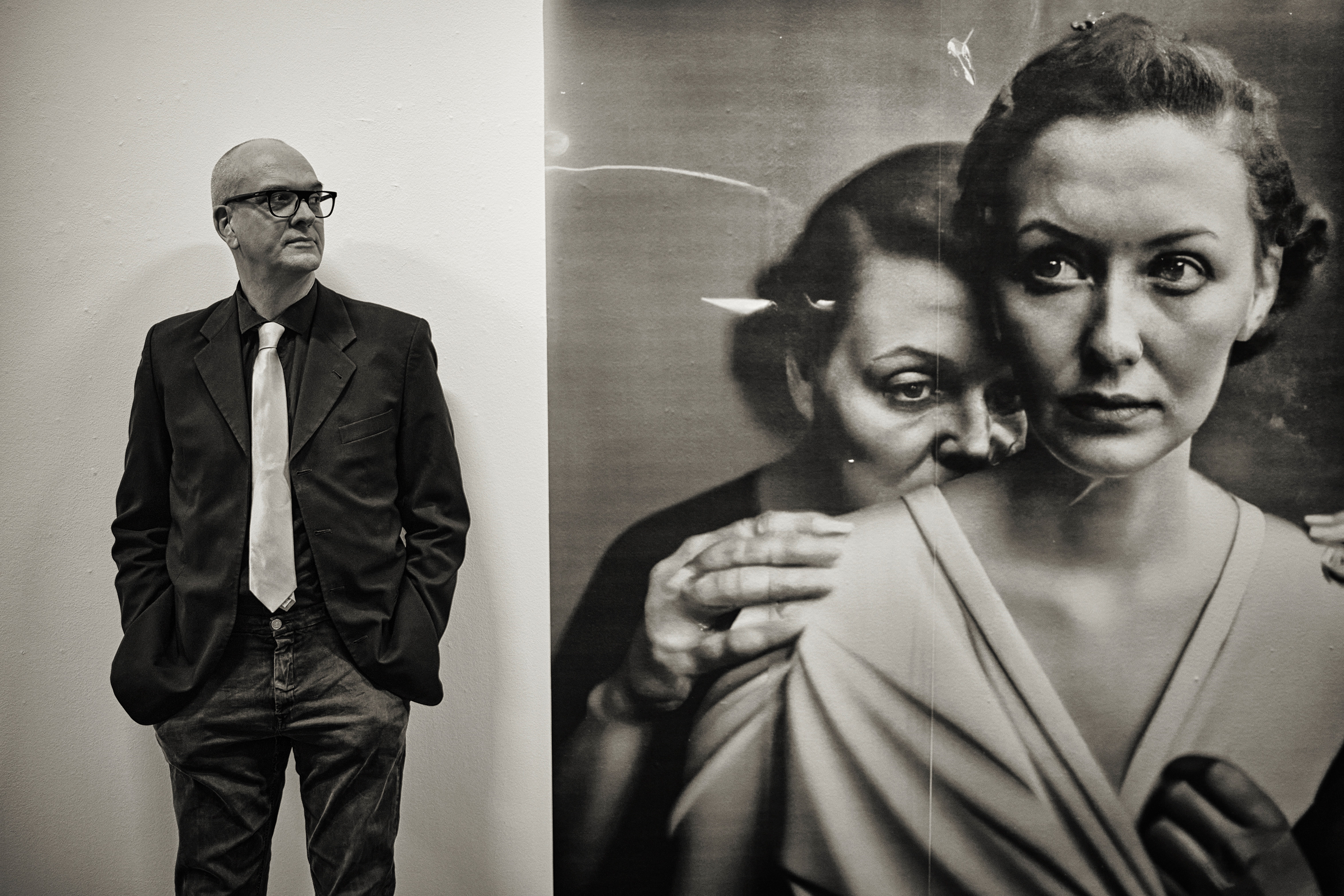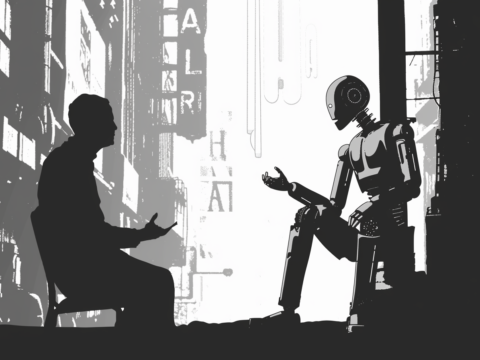Barbara: Michele, you are a wedding and fine art photographer. And you have been reasoning and experimenting with AI for some time, as I have. There is a phrase on your website that I really like that says, “My photography is relationship.” And it’s a very beautiful phrase, because it basically underlies the work of us photographers, that we always relate to the protagonists of our stories. With AI this relationship does not exist. How do you feel about that ? Does the lack of relationship create discomfort or difficulty for you or, on the contrary, does it facilitate the work?
Michele: Undoubtedly the phrase “my photography is relationship” represents a fundamental principle in my approach to photography. I have always been a humanist, documentary photographer happily lent to the world of wedding photography. In wedding photography this close bond, this subtle and important relationship between photographer and photographed subjects is, perhaps, even more important. Photography, understood literally as such with all that pertains to it, is undoubtedly related to any of the elements represented in it, human and otherwise, it couldn’t be any different. AI, understood essentially as a means of creating a symptography as we now like to call images generated with use of artificial intelligence, opens up a whole new, different world and one that is being explored. If we are essentially referring to image generation, emotionally speaking, initially I certainly felt a kind of “nostalgia” for the lack of direct personal connection. This is because essentially photography, for me, has always been and still is a shared experience, like a kind of delicate dance between the photographer and the protagonists of the stories I tell. AI, with its nature of automation, seemed to move me away from this kind of “romantic dance.”
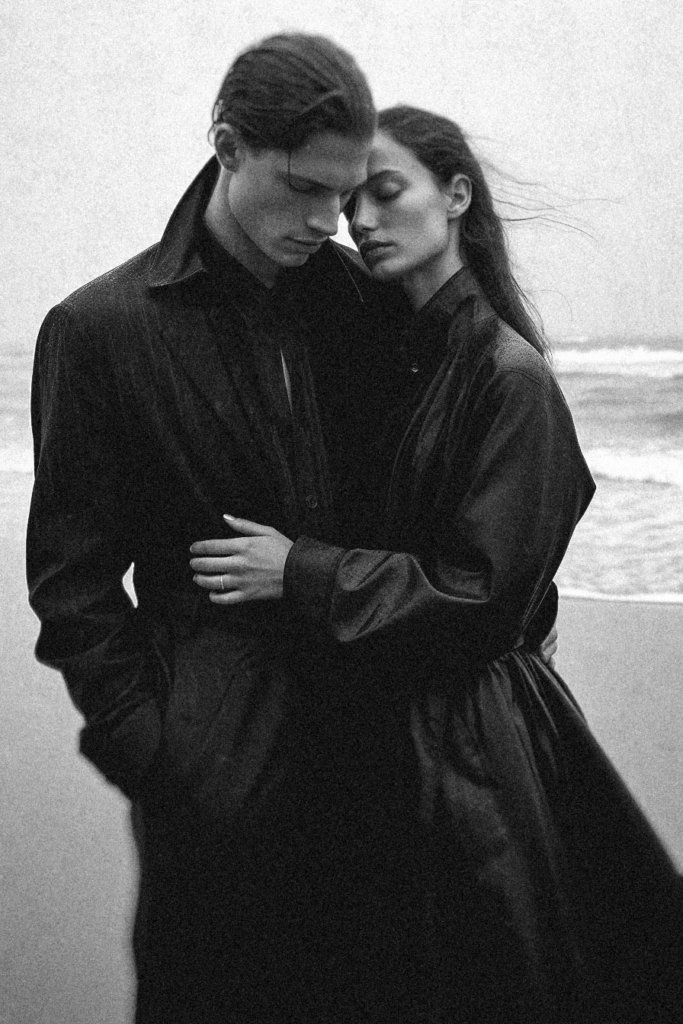
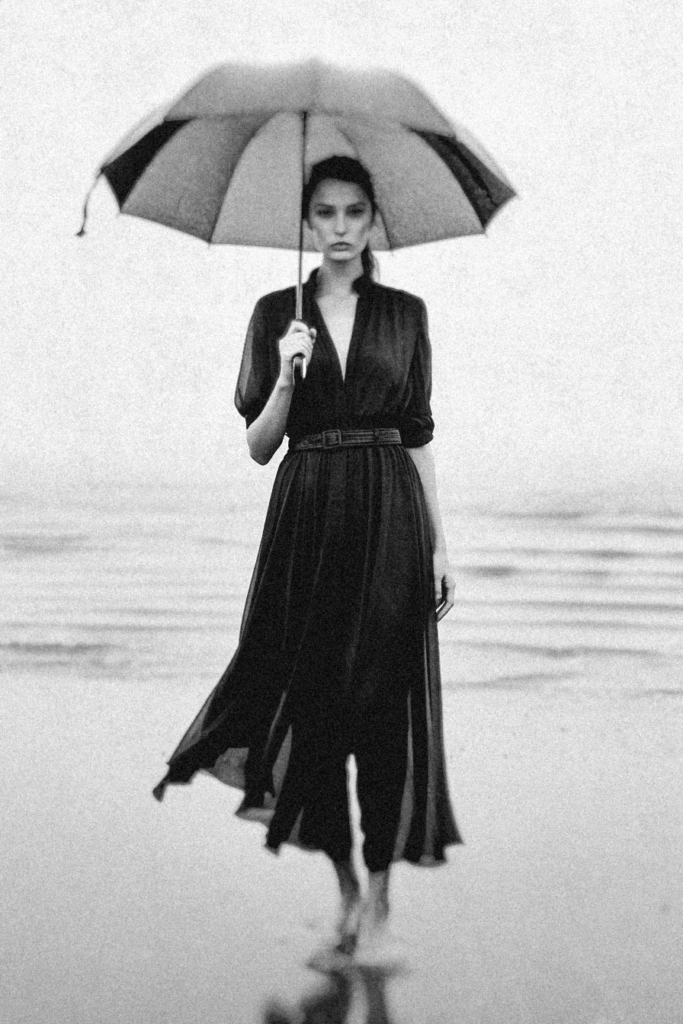
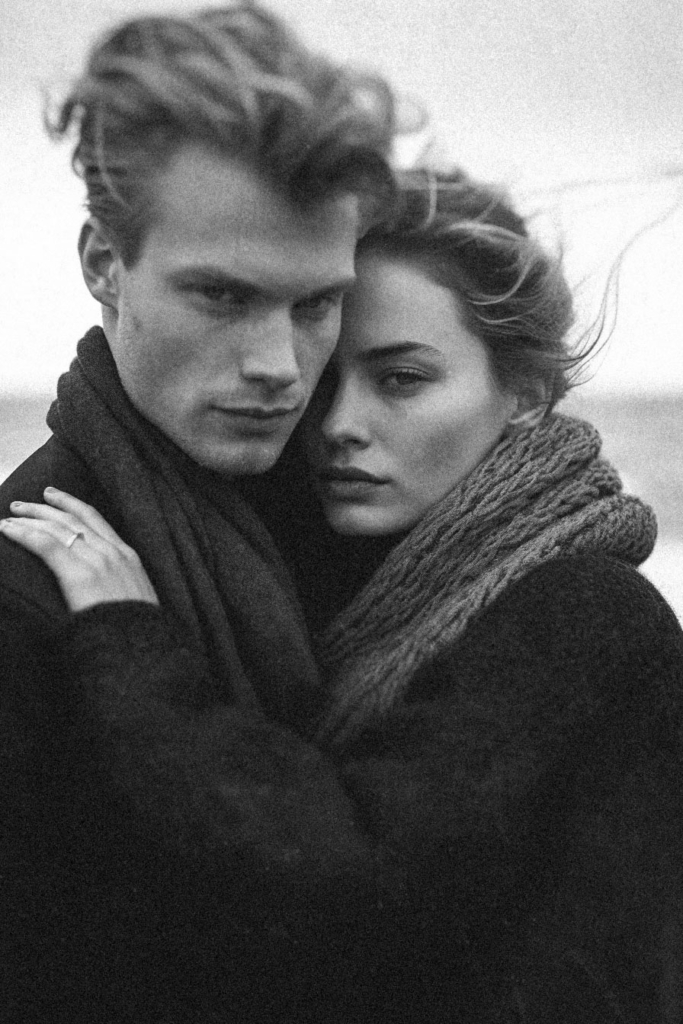
Barbara: You have created a very beautiful series entitled “the poetry of rain” where (imaginary) couples pose elegantly and are absolutely exchangeable for real model couples. How do you think the possibility of creating such beautiful images that are exchangeable for real ones will change the world of photography , I am thinking especially of fashion, commercial and couples photography?
Michele: The idea of creating images of imaginary couples that are so realistic that they are exchangeable for real, opens extraordinary doors in the world of image creation intended especially for specific sectors such as fashion and therefore advertisment can be.
Let us make it clear right away that we are not talking about photographs but photorealistic products whose degree of realism, however, is sometimes indistinguishable from a photograph. What does this all mean? For sure, the introduction of a new level of flexibility and creativity. I believe that the ability to generate photorealistic images that can be used for commercial purposes, for example, opens up the possibility of making truly unique stories, really challenging the boundaries of reality where, for example, it would be humanly impossible or really improbable to be able to make certain scenarios except, of course, in our imagination.
Undoubtedly all this brings with it many questions, one above all a redefinition of the perception of “reality” in the world of photography, the real one for that matter.
And this is where my nature as a documentary and humanist photographer knocks at the door insistently sounding several alarm sirens. The possibility of creating such realistic images of imaginary situations introduces a new paradigm in which the distinction between what is “real” and what is “created” becomes increasingly blurred and dangerous.
I often wonder whether, over time, familiarity with the use of technologies such as AI in image creation might lead to greater acceptance of “created” images over “captured” images (photographs). However, in recent months I am particularly appreciating new synthetic image creators, I couldn’t call them anything else, whose creations (absolutely declared synthetic by the creators) to me represent a kind of unique and truly inspiring form of expression and visual art.
Barbara: Do you think AI can be used in wedding and couples photography? And if so, do you think it can enrich (and how) the creative process?
Absolutely, I think AI can play a significant role in the work of a wedding photographer for example, contributing in a tangible way to the enrichment of the creative process. There are already many tools that help for example in the editing phase through the use of certain algorithms that are based on certain criteria. Sometimes these criteria represent elementary specifications for an initial selection of photographs to work with, for example, criteria such as facial expression, composition and emotionality, criteria that for many professionals are sufficient, sometimes abundant. All of this, I want to specify, to date, however, does not seem to me to compete with what is a wealth of experience and training in what a professional photo-editor can do. Where, on the other hand, the use of certain tools seem to show promise is in the post production of photographs. Here I have noticed that certain automations in particular are really able to help with essential steps such as color correction rather than emulating certain styles. I think the key today lies in integrating AI intelligently into a professional’s workflow, leveraging its capabilities to further improve the quality of one’s images and, at the same time, being able to preserve the authenticity and emotional depth that is instead an intrinsic characteristic of a photograph.
Barbara: How do you think we can protect ourselves from those who, by not declaring it, misuse and mislead AI images?
Michele: Good question that is not easy to answer. I think today we could try to work on several fronts, for example trying to increase an ethical sensibility in the community of photographers by making them more and more aware of the risks of using misleading images, a good example is the fake reportage you did on Ukraine using AI where an image was used by La Repubblica by mistake.
At the same time perhaps tools could be developed that are able to discriminate between a synthetic image and a photograph by recognizing for example the presence of digital manipulation especially where the use of such images plays a very important role such as information.
This would of course also want for major photography competitions where today, strangely enough, still no proof of authenticity of the submitted photograph is required, be it an analog negative rather than a digital one, this would represent the minimum standard.
It is a difficult challenge.
Barbara: for you, readers, Michele has prepared a little test: of the four pictures I post below would you be able to tell which is the only one actually taken? If you want to find out which is the only photograph click here
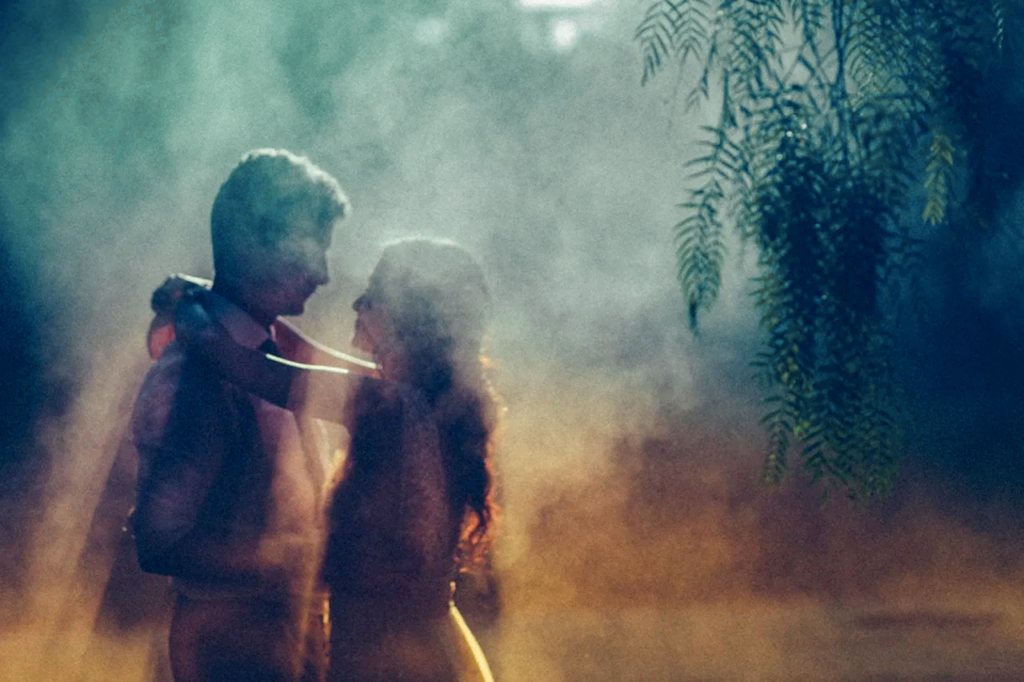
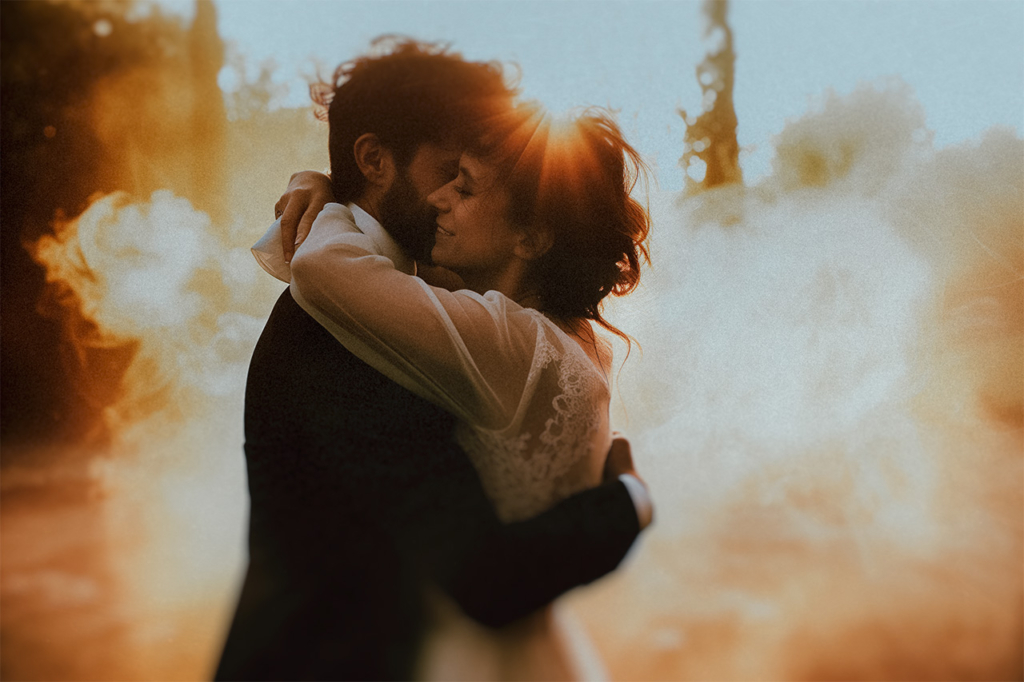
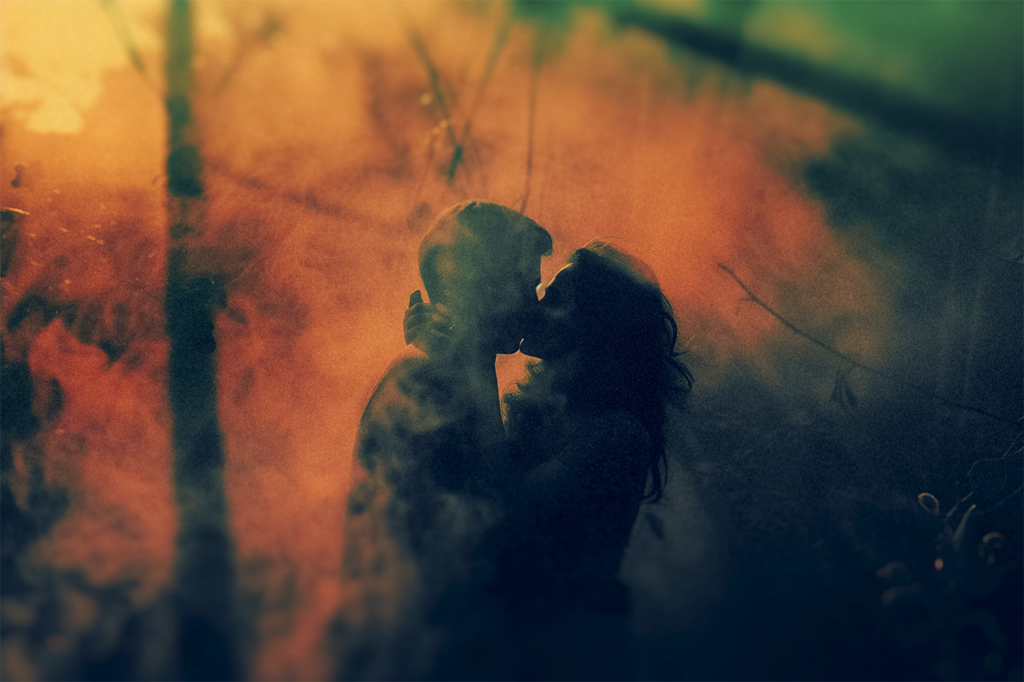
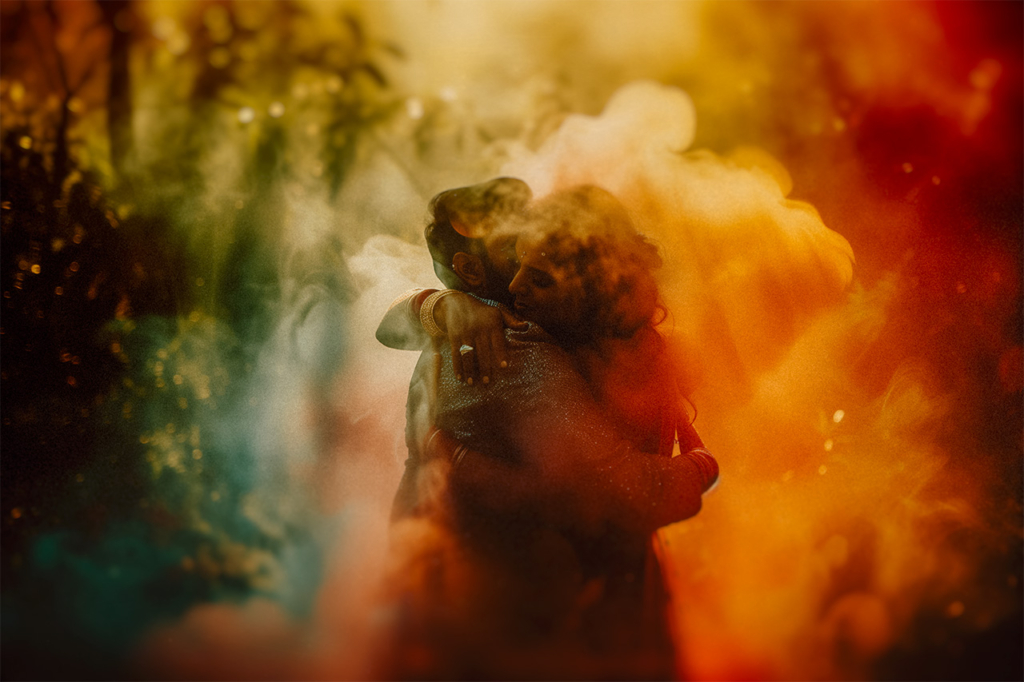
CHATGPT: Michele, considering the increasing ability of artificial intelligence to ‘learn’ from observing the vast collections of images available online, how do you think this might influence the development of new photographic styles? Do you believe that AI can go so far as to ‘predict’ future trends in photography, thus influencing not only how photographers choose to capture images, but also how the public perceives what is considered artistically sound or trendy?
Michele: Having seen and touched upon the incredible rapid development of AI technology in these very few years, I expect that in the coming absolutely artificial intelligence may be able to do all of this.
Just as is already the case with very complicated financial forecasting models, for the image world I believe it is also possible to predict and identify emerging patterns, mergers of styles, and new perspectives that escape even the most careful and trained photographers. Today we hear that AI will never replace human creativity…. However, we forget to consider the context and “today,” that is, the historical time period. We do not know what may actually happen in the near future let alone a future far away from us. We do not know today we are unable to determine how much this intelligence will be able to synthetically replicate emotions, awareness. There are several possible scenarios and, frankly, not all of them pleasant.
Michele Abriola lives in Potenza, Italy. He is a wedding photographer and fine art photographer. He is experimenting with AI images.
Michele has published in magazines such as Repubblica, Fotocult, Il Fotografo, and he has exhibited his photos in Italy and abroad (such as : Lishui during the “15th China International Photographic Art Exhibition”, In Arles during the “Festival VoicesOFF” , in Strasbourg during the “Rendez Vous Image” and in London during the “London Photo Festival”.

